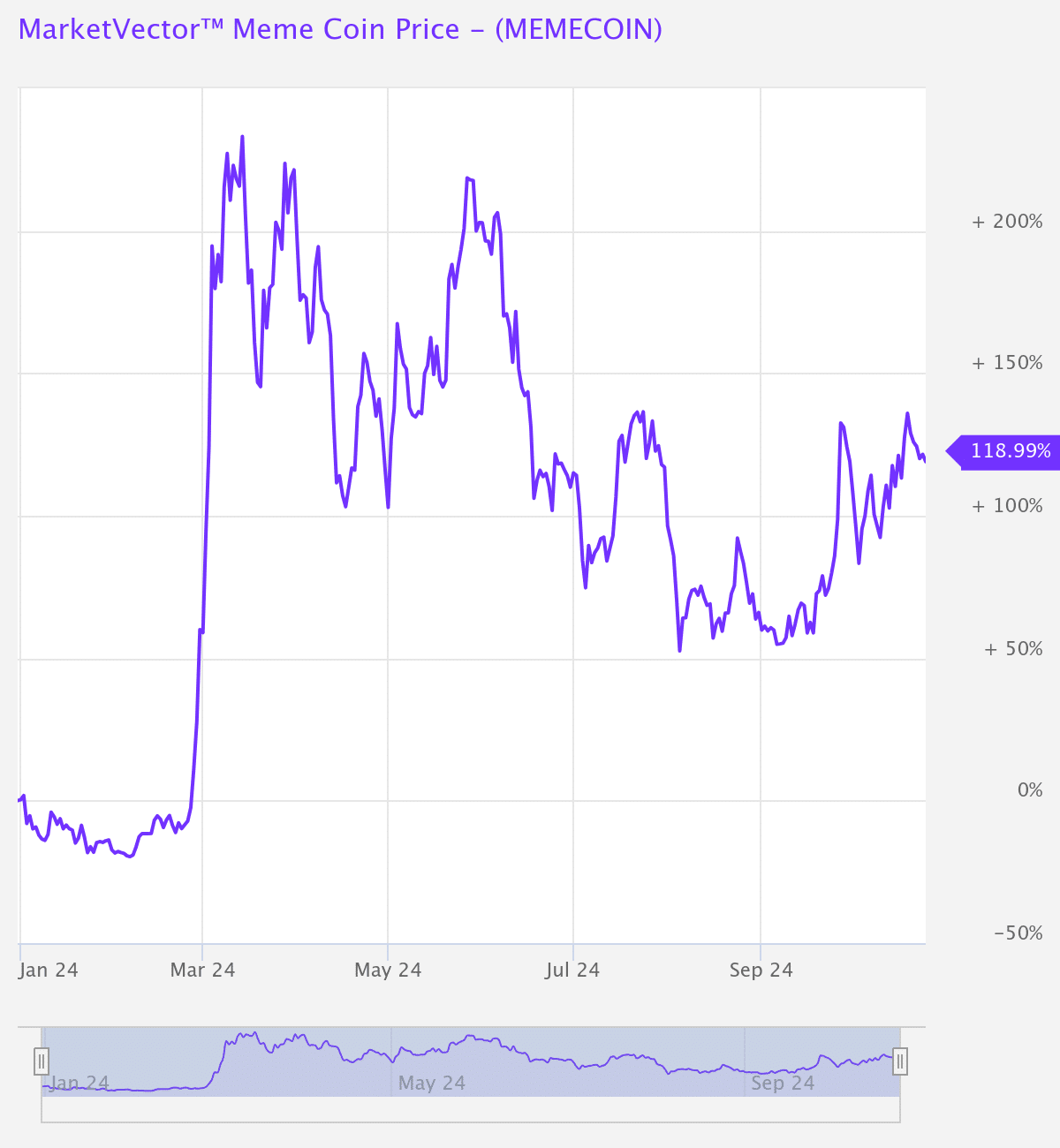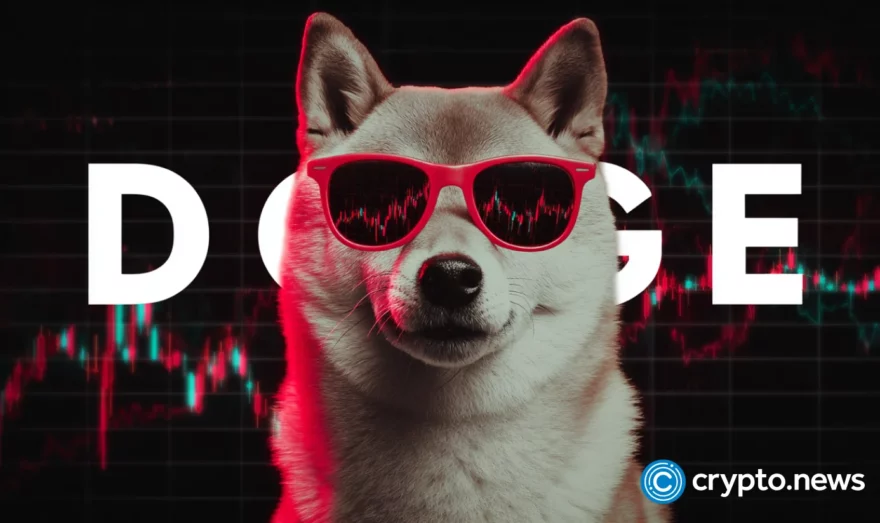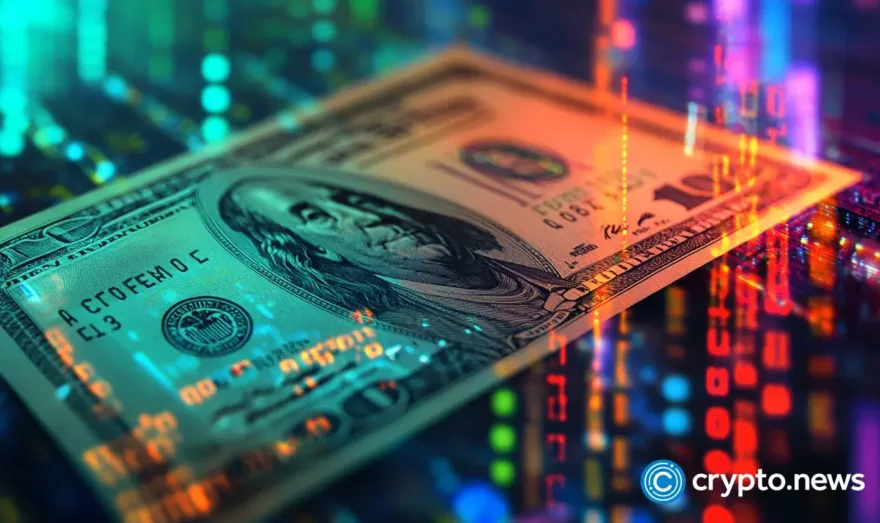From hype to reality: what meme coin presales reveal about Trump and Harris

In the world of cryptocurrency, Token Generation Events are pivotal moments when a project creates and then distributes its tokens to early supporters, investors, or the public. Before their upcoming TGEs, projects often offer speculative future value in exchange for early buy-in, yet most investors know that the reality can be much less predictable.
The U.S. election race closely mirrors token presales, where candidates’ promises resemble projected coin values exchanged for early support — voters commit based on a candidate’s perceived future potential, just as investors back tokens anticipating future gains.
Candidates, similar to crypto projects, build excitement and raise both actual and symbolic funds in the form of voter support, all while making grand promises about what they will deliver if elected. Trump and Harris’ strategies resemble not just typical token launches but meme coin presales, aiming to maximize voter buy-in with promises of massive returns in the form of policies and reforms.
Just as meme coin investors are swayed by hype and quick-return promises, voters are often attracted to candidates who make promises that sound like shortcuts to overnight success but frequently leave supporters disillusioned when those promises fall short.
Table of Contents
Meme market overview
As of this writing, the total market capitalization of meme coins has reached $75.3 billion.
Dogecoin leads with a market cap of $20.26 billion, followed by Shiba Inu with $10.44 billion and PEPE at $4.08 billion. According to Coinranking data, out of 7,623 meme coins currently listed, 54% are gainers this year, highlighting the ongoing enthusiasm around these playful digital assets.

Meme Coin Index performance | Source: Marketvector
Looking at the meme coin index, which tracks the performance of leading meme-based cryptocurrencies, it shows a 233.12% peak year-to-date growth around mid-March 2024, with sustained volatility throughout the year.
After the surge, the market faced sharp corrections, particularly through June and July, before stabilizing toward the final quarter. The latest reading shows an impressive 118.99% increase YTD, suggesting meme coins have retained significant investor interest. However, with an annualized volatility rate exceeding 100%, the index reflects the highly speculative nature of the meme coin sector, where fundamental analysis is almost irrelevant.

Annualized volatility rate | Source: Marketvector
Harris surges ahead in fundraising as crypto billionaires pick sides
As of October 2024, Vice President Kamala Harris has widened her fundraising lead over Donald Trump. Her campaign reported raising $997.2 million since January 2023, compared to Trump’s $388 million. In the first half of October alone, Harris raised $97.2 million, far surpassing Trump’s $16.2 million. Contributions to Harris have been particularly strong from California, which contributed over $131 million, followed by New York and Massachusetts.
Meanwhile, Trump’s largest support came from Virginia, contributing over $39 million, along with California and Texas, reflecting his regional funding strengths.
Several pro-crypto billionaires have also taken sides in the upcoming election. The Winklevoss twins, founders of Gemini, donated $10.1 million to Trump, stemming mostly from their opposition to the Biden administration’s crypto policies. In contrast, Ripple co-founder Chris Larsen endorsed Harris, pledging $10 million worth of XRP. Tim Draper split his donations between both candidates, while Elon Musk donated $75 million to a pro-Trump PAC.
Trump and Harris’ meme-inspired strategies
Just as token presales rely heavily on generating buzz before the token launch to attract investors, Trump and Harris build excitement and gain voter momentum through bold, often populist, promises.
Trump, who had previously dismissed Bitcoin as a ‘scam‘ and a ‘disaster waiting to happen,’ announced that, if he wins November’s election, he would ‘immediately appoint a Bitcoin and crypto presidential advisory council‘ and establish a ‘national Bitcoin stockpile.’ Apparently recognizing the significant voter potential within the crypto industry, Trump has experienced a Damascene conversion—a complete reversal in attitude—now embracing crypto with such enthusiasm that he has promised to make the U.S. the ‘crypto capital of the planet.’
Harris, meanwhile, after pledging to “encourage innovative technologies like AI and digital assets,” taps into social and progressive hype, similar to how new meme coins attract niche communities. A recent example is her ‘Opportunity Agenda for Black Men‘ initiative, where she advocated pro-crypto policies targeting Black investors, noting that 20% of them currently own or have owned cryptocurrency assets.
Yet, skeptics have begun questioning whether Black Americans’ interest in digital assets is as strong as it seems, arguing that much of Harris’s narrative around crypto as a tool for economic empowerment may be overstated. According to Molly White’s analysis of the poll Harris cited, crypto ownership among non-white Democrats is higher than among white Democrats, with 22% of Black Democrats reporting they have bought crypto. However, 72% do not view it positively for the economy. Additionally, only 18% of Democrats overall have purchased crypto, with ownership peaking among Hispanic and AAPI voters. These factors complicate Harris’s pro-crypto agenda, as the appeal of crypto within key demographics may be exaggerated.
So, through the lens of a meme coin TGE cycle, can you now see how both campaigns mirror the overblown promises often seen in the world of crypto? In my previous article, I explored the track record of both candidates’ crypto promises in more detail.
Bonk and Beercoin as Political Parallels
Meme coins such as Bonk (BONK) and Beercoin (BEER) offer insights into the sector’s short-term hype and long-term challenges. Bonk launched on Solana in early 2023 with a $1.3 million airdrop, aiming to engage the community and build hype. It became the first meme coin on the Solana blockchain, distributing 50% of its total supply to the public to generate buzz. After the initial hype, BONK hit a peak price of $0.00004547 on March 4, 2024, but soon faced sharp corrections typical of meme coins. As of this writing, BONK trades 51.5% below its all-time high, yet with $215 million in trading volume, reflecting continued enthusiasm but also the risks in this speculative sector.
On the other hand, Beercoin promised bonuses of up to 20% during its $5 million pre-sale event. Yet, its long-term performance struggled to meet initial promises. By October 2024, the situation escalated when ByBit announced the delisting of the 1000BEERUSDT perpetual contract.
Although Beercoin framed the move as a step toward fairness, describing it as “a long-term win for the entire Beercoin community,” frustrated users accused the project of broken promises — an outcome that resonates with the unmet political promises voters often experience.
Conclusion
Just as meme coins face volatility and unfulfilled promises after their TGEs, political campaigns often struggle to deliver on their lofty pledges post-election. Both meme coins and politicians thrive on initial excitement but eventually confront real-world challenges that test their staying power. Trump and Harris, much like meme coins, are in the business of generating hype — throwing spaghetti at the wall to see what sticks. But unlike crypto projects seeking market traction, these candidates are vying for something just as uncertain: the trust and loyalty of voters.















